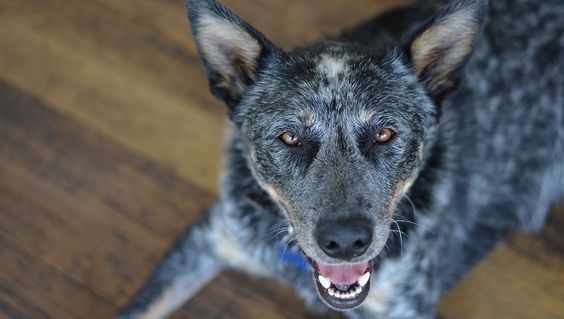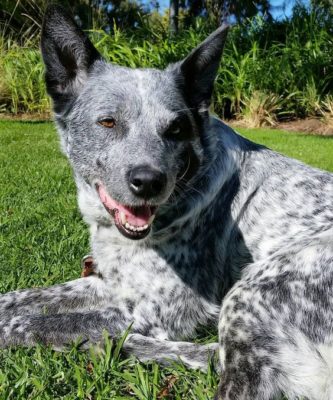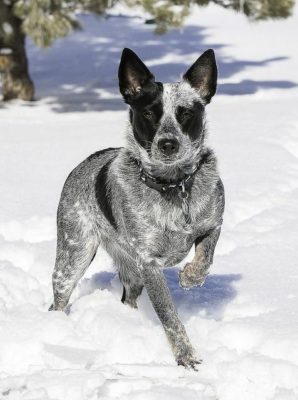Australian Stumpy Tail Cattle Dog
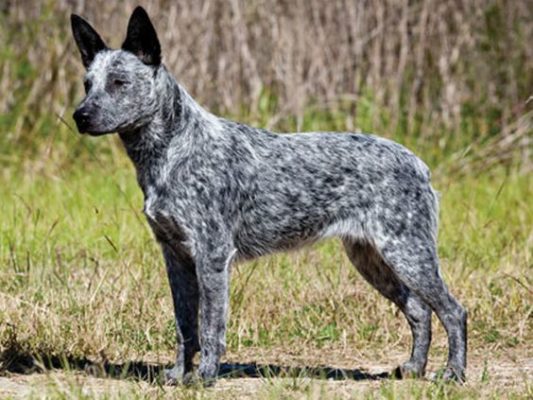
The Australian Stumpy Tail Cattle Dog is very hardworking. It is difficult for her to do nothing because she has a lot of energy and activity. Dogs are free-loving and independent, so they recognize only one owner. They like to run and play a lot and are hardy to physical exertion.
Table of Contents
Breed Information
| Another Name | Stumpy Tail Cattle Dog |
| Origin | Australia |
| Height | Males 46-51 cm Females 43-48 cm |
| Weight | Males 18-23 kg Females 16-20 kg |
| Fur | Double, moderately short, straight, medium stiffness |
| Color | Red speckled, blue speckled |
| Lifespan | 10-14 years |
| FCI Classification | Sheepdogs and Cattledogs (except Swiss Cattledogs) |
| Group | Service dogs |
| Price | $500-600 |
Breed Photos
Origin History
The Australian Stumpy Tail Cattle Dog is native to New South Wales. It was bred by a cattle herdsman, Timmensom, to guard and protect the herds when moving them from pasture to Sydney’s market.
Back then, still distant relatives of Australian shepherd dogs, healers helped families drive cattle over long distances.
Soon the dogs were sold, and the entire household and scientists continued to crossbreed them with other breeds such as Kelpies, Dalmatians, and even Bull Terriers.
It is how the Australian Stumpy Tail Cattle Dog was bred.
After World War II, soldiers returning home to America and Canada brought the dogs back home.
Appearance
The dog is large yet compact with strong muscles. Males are 46 to 51 cm tall, and females are 43 to 48 cm tall. The weight also differs depending on the sex. In males, the weight reaches 18-23 kg, in females 16-20 kg.
Puppies are born white, and only after growing up do they acquire their natural color. The pups’ fur is double, short, of medium hardness. There is a short, soft undercoat. There is combing on the hips, and the hair on the neck is longer than the rest of the body.
The color can be blue speckled or red speckled. If the dog is blue, it can have black speckles, but not red. And if the dog is red, it can also have speckles of black or red, but not blue in any way.
The dog’s ears are tall with well-pointed ends. The dog’s tail is no longer than 10 cm.
Character
The Australian Stumpy Tail Cattle Dog is very hardworking. It is difficult for her to do nothing because she has a lot of energy and activity.
Dogs are free-loving and independent, so they recognize only one owner. They like to run and play a lot and are hardy to physical exertion.
These pets are smart and are on the world’s top 10 list of intelligent breeds. They are not aggressive and are suitable for families with young children.
The character can be stubborn, but if the dog sees the owner’s authority, he will be obedient. It is also characteristic of them to protect the house, protect the property, as they are attentive and cautious.
Care
The Australian Stumpy Tail Cattle Dog does not require much grooming. The coat needs to be thoroughly combed out during shedding. Bathe only if the pet gets dirty and cannot clean itself. Regularly inspect eyes and ears for cleanliness, and check teeth. Clip claws as needed.
The best place to live is a country house, where the dog will have the opportunity to run around a lot and spend time outdoors.
If you get a breed to live in an apartment, you will need to walk it a lot and actively, changing routes regularly. Thereby allowing it to show its intelligence and memory.
Training
It would help if you taught your dog as soon as he enters the house. It is best if one person – the owner – trains the dog. They need training, games, and active walks.
Pets are smart and quick to remember commands. Effortlessly and without additional help, you can teach them to lie down, respond to the name, go to the litter box, not harm the house and yard. The dog can perform various tricks, compete in games and trials.
Common Diseases
Dogs are characterized by robust health but are prone to some diseases.
For example, progressive blindness, hip dysplasia, lack of teeth due to insufficient vitamins.
Nutrition
It is recommended to feed natural food, not feed. The diet should be made up of fresh foods. Puppies should be given plenty of cottage cheese: adult dogs, meat, fish, vegetables (can be stewed), cereals, eggs. You can also add vitamins to the diet. Do not give sweets, smoked foods, citrus fruits, or fatty meats.
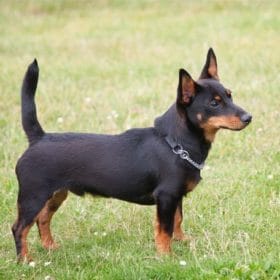 Lancashire Heeler
Lancashire Heeler Polish Greyhound
Polish Greyhound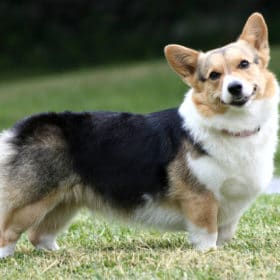 Cardigan Welsh Corgi
Cardigan Welsh Corgi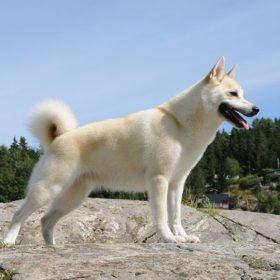 Norwegian Buhund
Norwegian Buhund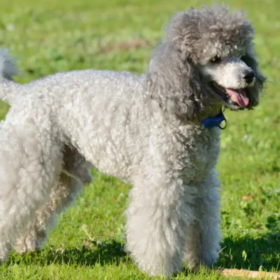 Poodle
Poodle Saluki
Saluki